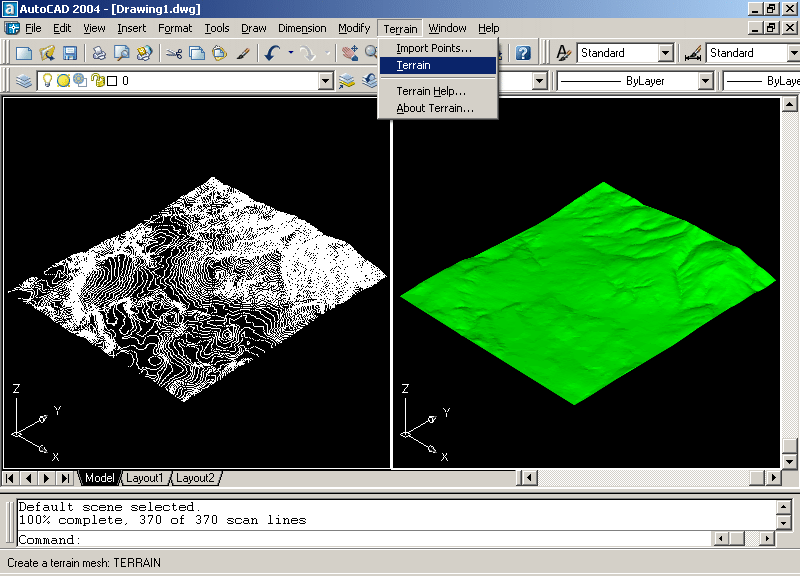Geometry Options include:
* Weld: Global welds adjacent the top of AutoCAD objects in a 3D application on top of Weld distance threshold. This works only when the items imported under Export to a building options mentioned above. Global Welding can be problematic. Global Welding Weld threshold settings are too high can cause a collapse in less detail Mesh objects.You be sure to turn off the Weld for all ACIS solid models in AutoCAD from the surface of the model, if you have any problems. You can obtain more predictable results of welding objects manually after they are imported into 3D applications.
* Weld Prague: range = 0.0 to 999,999, 0.Iznos Weld Prague in the system unit. If two or more peaks are within a distance less than or equal to the setting, they are welded into a single peak. If you have something like the window coverings to project two inches from the facade and Weld threshold is set at two inches, all the wasted disk unpredictable.
* Auto-Smooth: Auto-smooth leveling assigns a group of numbers of persons on the basis of an angle meet at a common edge. If the adjacent faces of a common smoothing groups, it appears the edge smoothed. If a person does not share a common group, the rim appears sharp.Smoothing problems can show up in DWG files imported to the welding problem. They manifest themselves as persons that appear darker or lighter than their neighbors. Make your 3D applications properly welded object, the removal of all smoothing group numbers, and then manually apply the Auto-smooth or task-specific smoothing group number.
* Smooth Angle: range = 0-90. Smooth angle determines the angle at which the face must be met to receive the usual number of smoothing group.
* Unify normals: With Unify normals checked, the import process is trying to make all the points of the face normals in the same direction from the center of the building. Mirrored face normals appear as "holes" in the 3D application network object. ACIS solid models, but united and should have Unify normals unchecked. Mirrored face are fairly common problem with AutoCAD objects, and improperly welded to the face can be the cause of flipped faces. First, weld mesh, and then make an object or two-sided material applied, or by checking the 2-Sided option in the View / Sea Port Configuration. If the person flipped appear issued, but if they are not completely still see the hole. If the face is flipped, using the Normal modifier, or modify the network Sub-Object/Face Flip them individually. If the missing person, you can create a new entity or use the Cap Holes modifier.
* Cap closed entities: Relations between 3D applications Extrude modifier to all enclosed places AutoCAD entities and capping faces on each end. Closed AutoCAD entity without the thickness of the Extrude modifier from a height of 0 and appear as a straight face. When Cap closed entities has not been confirmed, people with obesity are extruded, but there is no end caps are applied. Entities without a thick imported as 3D applications 2D oblika.Posljednji part Import AutoCAD DWG File Options dialog box, ACIS, provides a setting:
* Surface Deviation: range = 0.001 to 999,999, 0 This is the maximum distance in the system unit area of AutoCAD ACIS solid model and mesh object in 3D applications. Smaller numbers make tighter fit, or more accurately Mesh object. Minor surface offset settings can create very complex network of objects in 3D applications. A large setting may result in lost detail in the model.

Tidak ada komentar:
Posting Komentar